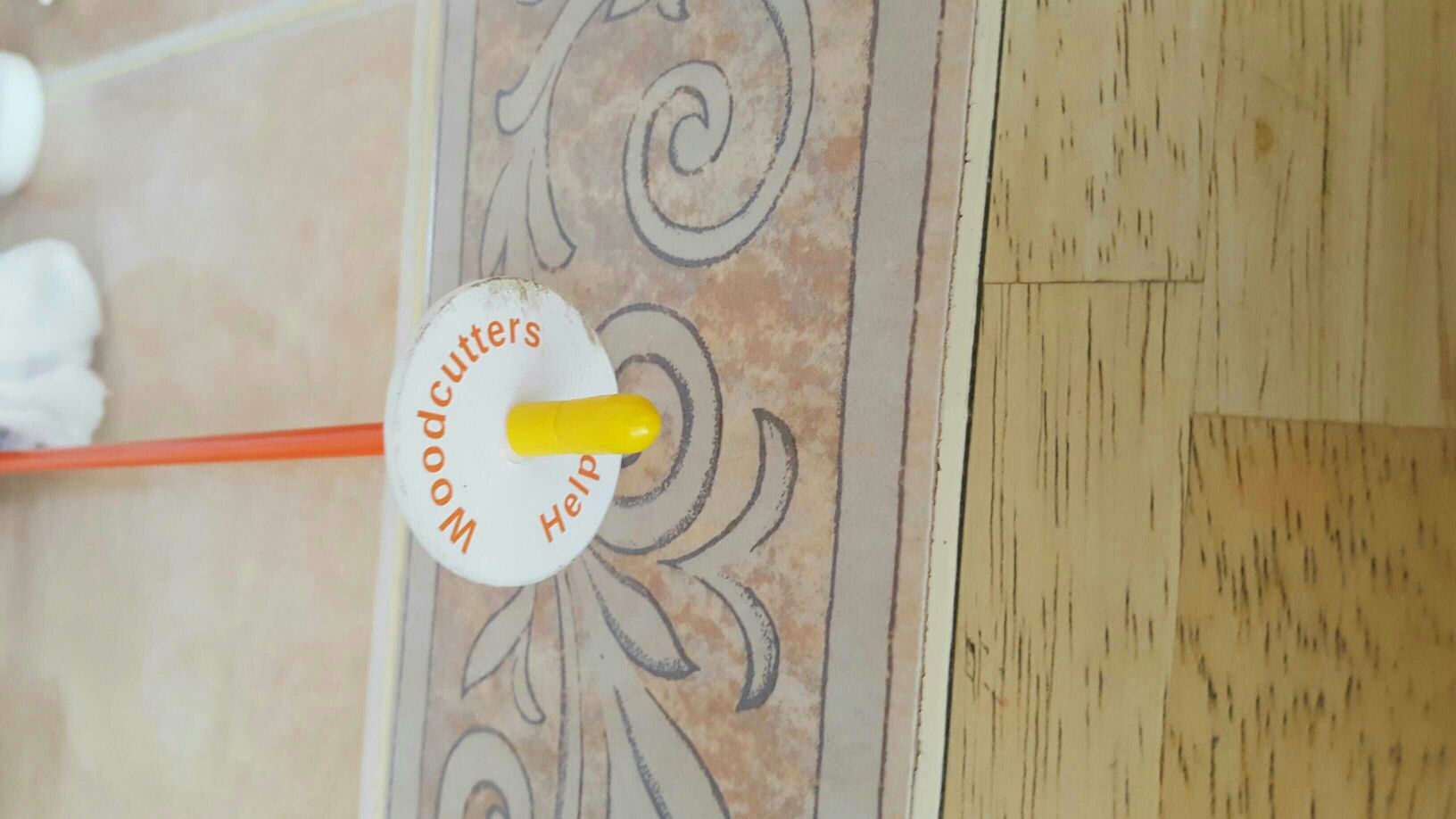How about a cheap telescopic magnetic pickup tool with your favorite lengths marked? I just eyeball my firewood but the pickup tool goes with me and is really useful for finding nuts and screws that disappear.
Ron
Ron

Since posting this thread here, and on 'another forum', I have received many comments - this idea has come up a few times!How about a cheap telescopic magnetic pickup tool with your favorite lengths marked?



Since posting this thread here, and on 'another forum', I have received many comments - this idea has come up a few times!
EDIT: See Post #33 in this thread by @Rockjock
...
As long as you have confidence that it will remain attached to the saw, and the the length will not change, regardless of vibration, getting bumped, etc.
Philbert
A helper to he or she that gets the coffee and or lunch .
Why? I work alone quite often. As far as length, after a few weeks of cutting wood you'll get +- 1" without measuring.
+1.
'Helper' - what's that?
When I'm heading to the woods, I do tell someone exactly where I'm going, and for how long. But I'm pretty well always going alone.
I tried XM but the non resistor wire on my plug sounded like a tach in my headphones!And frequencies!
Philbert
Thanks for sharing your cautionary tale litefoot. Glad that you are OK now.Let me tell you why I mentioned not working alone.
Should make a high caliber measuring stick!I have 6.5, 30:06 and 45-70 brass one of them should work well.
Yea I think you are right on "Target" with that one !Should make a high caliber measuring stick!
Philbert
Alcohol & chainsaws are Baaaad combination from reports I've seen/heard!Now if he/she was bringing the beer...
The Woodcutter's Helper comes in 6 different versions, including adjustable models that use a threaded steel or nylon rod with an indicator disk that marks the desired length. A tape measure is used to position the indicator disk, and the remaining portion of the threaded rod extends beyond this point. http://www.chainsawaccessories.biz/
The steel rod made me a bit nervous, and I definitely prefer the telescoping design of the Accu-Stick over having extra rod sticking out past the indicator. But the basic model was appealing due to its simplicity. It consists of an orange, 3/16 inch diameter fiberglass rod, with a rare earth magnet base, and a plastic tip at the other end. There is also a very similar looking competitor, with a confusingly similar sounding name: the 'Firewood Buddy' http://firewood-buddy.com/
View attachment 553431
The magnet and chromed steel base on the Woodcutter's Helper is slightly smaller than that on the Accu-Stick, but the device is also lighter in weight (1.6 ounces), and it seems to hold adequately. Easy on; easy off. No calibration needed.
View attachment 553429
If you want to cut wood shorter than 16 inches, simply place a piece of tape on the fiberglass rod, leaving a small 'flag', making it easier to see. A contrasting color tape might help. Or buy a few sticks and cut them each to different lengths (color code them for identification?).
View attachment 553430
If you want to cut wood longer than 16 inches (say 24 inches), place the tape halfway (12 inches in this case), and use this to mark the halfway point, cutting through the wood every other time.
View attachment 553432
Philbert

If you visit their website, you will see that they offer a variety of fixed length and adjustable models with fiberglass, nylon, and steel rods. The model that I chose was one of their most basic / least expensive styles (fixed length fiberglass rod and no disc - sold on ebay), to compare / contrast with the more deluxe, adjustable, aluminum, more expensive, 'Ott Accu-Stick Pro'.@Philbert the woodcutters helper comes with a disc thats on the fiberglass rod and slides to the length youd like your cuts (16") max out to the end.









Enter your email address to join: